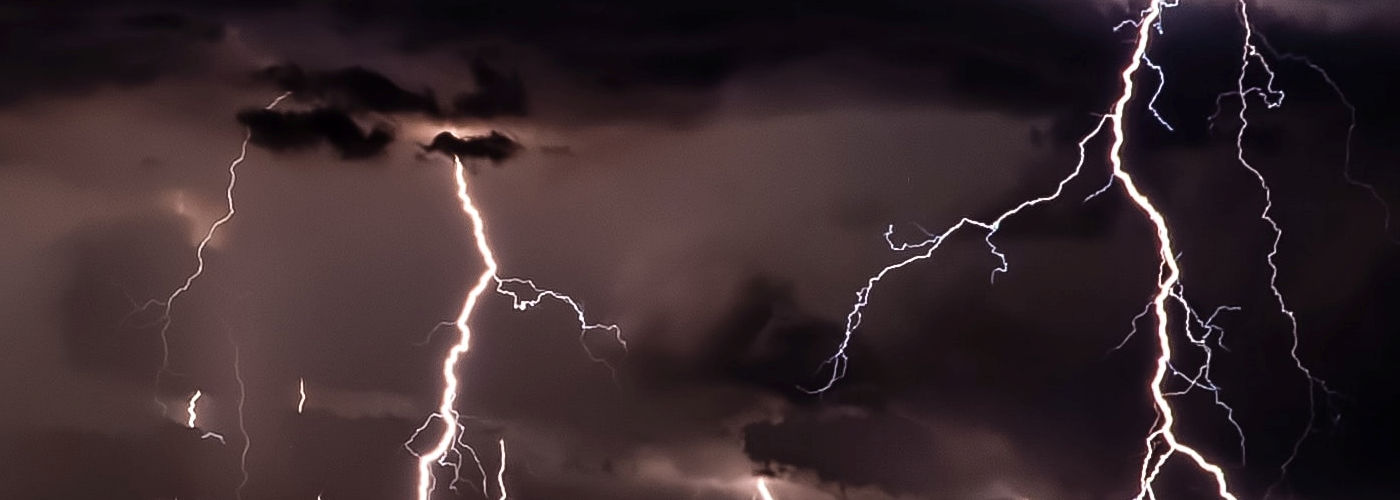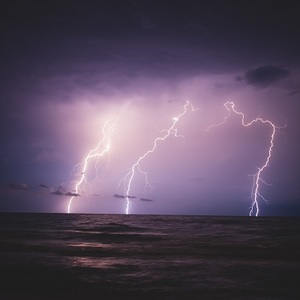

When looking at whether or not life can exist on a planet, there are three basic building blocks that are key. These are water, carbon dioxide, and phosphorus. When looking at planet Earth in its early days, carbon dioxide and water were most readily available early on. There was phosphorus in some of the rock that existed on Earth, but this phosphorus was locked up inside rocks, and therefore was inaccessible. Scientists have long theorized that one of the significant sources of readily available phosphorus arrived on planet Earth thanks to the meteorites that pelted the surface of the planet in its infancy. Most meteorites contain a type of mineral known as schreibersite. Schreibersite contains a water-soluble type of phosphorus that makes it readily available for the creation and sustenance of life. This mineral was key in increasing the supply of phosphorus. Recent research has suggested that a substance produced by cloud to ground lightning strikes, known as fulgurite, likely played an important role in adding to the supply of available phosphorus on our planet.
When a lightning strike hits the ground, the bolt can heat the mix of sand/dirt/rock to temperatures greater than 5000 F. This can act to fuse these materials together into a tubular formation that can sometimes have the appearance of coral. This process is similar to how glass is made by heating sand to high temperatures. Recent research that was published in Nature Communications (nature.com) has brought light to a previously unknown aspect of fulgurite. In studying fulgurite that formed in Illinois back in 2016, researchers found that a portion of the fulgurite was composed of schreibersite! This proved that cloud to ground lightning can unlock phosphorus from the Earth that was previously locked away.
Each year, around 1.4 billion lightning strikes occur on Earth. Billions of years ago, that number was likely much higher due to the high levels of carbon dioxide that made for a hotter and more unstable planet. Even though there was likely less dry land on Earth at that time, a significant amount of phosphorus may have still been unlocked through the production of fulgurites. We all know the inherent dangers of lightning, but at one time, lightning could have been life-giving!
